starting an iv on a dog
Once the appropriate amount of fluid is administered shut the valve on the plastic line to stop the flow of fluid. Read below for information on 78 different animals that start with the letter A from aardvark to aye aye.

Art Print Strike A Paws Iv By Anne Tavoletti 24x18in Dog Quotes Paw Dog Signs
IV access is important for many procedures and the cephalic catheter is the most common IV catheter placed in dogs and cats.

. Typically we place iv catheters in the cephalic vein on one of the front arms. Wipe a cotton swab or alcohol pad on the insertion site to minimize microorganisms in the area and also to visualize the chosen vein more clearly. Banana skin actually does a decent job of mimicking the feeling of IV insertion.
Your fluid pump will be quieter. Catheters come in different lengths. It should thread or advance into the vein with ease.
Step 2 Hang the IV medication bag above where the. Connect the iv set to the needle. The African Penguin is the only species of penguin in Africa.
Open the clamp on the fluid line by rolling the wheel on the clamp. Set up your work area so that everything you need is within reach. Maintenance fluid rate for an adult dog or cat is estimated as 2mlkghr or 50mlkg24 hours eg.
Most dogs will easily take a 20g larger dogs and 18g. Find a clean quiet work space. If you are infusing fluids are a high rate you want a larger bore catheter rather than a smaller one.
Up to 25 cash back Typically we place IV catheters in the cephalic vein on one of the front arms. Hitting the bullseye on one try will depend on the nurses preparation and skill. Introduce a needle in the dogs back in the shoulder blade area or another area with loose skin.
Make sure there are no leaks so that all the fluid will enter the dogs system. It is easiest when the dog is at your waist level. Training sessions with your dog should last 10 to 15 minutes two to.
The IV set will have to be pressed in the hole of the IV bag. Connect the IV set to the needle. Intravenous insertion is an invasive procedure and requires aseptic technique and proper infection control measures.
My first recommendation is to take a banana to work and use that as a practice pad. A calm environment will help keep the dog calm and cooperative. The best location to place the needle is between the shoulder blades.
Connect the IV set to the needle. Generally speaking longer catheters are more stable. Skin Prep for IV Insertion Watch on 30 seconds in an up-and-down side-to-side motion.
This video will walk you through. Length also plays a part. When your dog doesnt eat it is important to visit your veterinarian to figure out what isnt right and fix it.
Lay the point of the needle at the base of the roll of skin with the needle level with the dogs body and pointing toward the dogs head assuming that the dog is in an upright or standing position. Connect The Iv Set To The Needle. Step 1 Find a clean quiet work space.
Make sure there are no leaks so that all the fluid will enter the dogs system. Find a clean quiet work space. Next slightly about 2 mm advance the needle into the vein some more.
Then thread the cannula into the vein by sliding it off the IV needle. Take your non-dominate hands index finger and apply pressure above the insertion site to occlude the IV. Crack the applicator and scrub the site in an up-and-down side-to-side motion for 30 seconds then let it air dry or wipe the insertion site with a sterile gauze pad being careful not to drag bacteria from non-prepped skin into your prepped site.
Use the equipment your job provides though you may want to ask first and practice on the banana to get a feel for how to use the equipment properly. Cats are fine with a 22g. Introduce a needle in the dogs back in the shoulder blade area or another area with loose skin.
Use gloves in inserting a cannula into the patient. Introduce a needle in the dogs back in the shoulder. Its normal for a small amount of fluid to leak back out of the injection site.
How To Start An Iv On A Cat To draw a lion head from the front. Gently remove the needle from your pup by backing it directly out from the skin. The fluid will gradually be absorbed and the balloon will deflate.
Starting an IV on a dog requires proper training and is best performed by a veterinary doctor or nurse.

How To Give Subcutaneous Fluids To Your Dog At Home Youtube

How To Place An Intravenous Iv Catheter Vetgirl Veterinary Ce Videos Youtube Vet School Veterinary Veterinarian Career

Pin By Tracey Cavins On Veterinary Anatomy Physiology Vet Tech Head Start Veterinary

How To Do A Canine Cephalic Vein Blood Collection Youtube
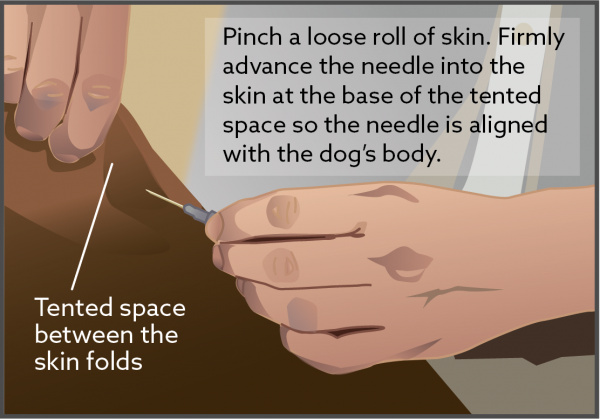
Subcutaneous Fluid Administration In Dogs Vca Animal Hospital
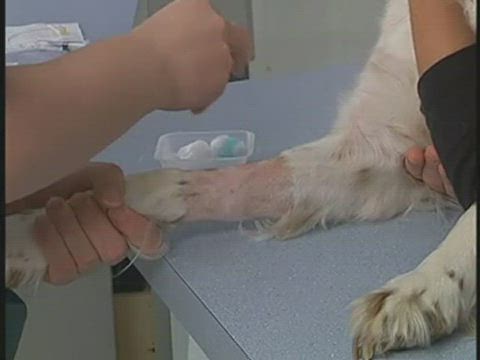
Tech Skills Canine And Feline Iv Catheter Alexander Street Part Of Clarivate

The Dig Pet Health Lifestyle Resource By Fetch Plott Hound Hound Dog Breeds Plott Hound Brindle

Intravenous Fluid Iv Fluids Therapy In Dogs

Blood Draw Lateral Saphenous Youtube
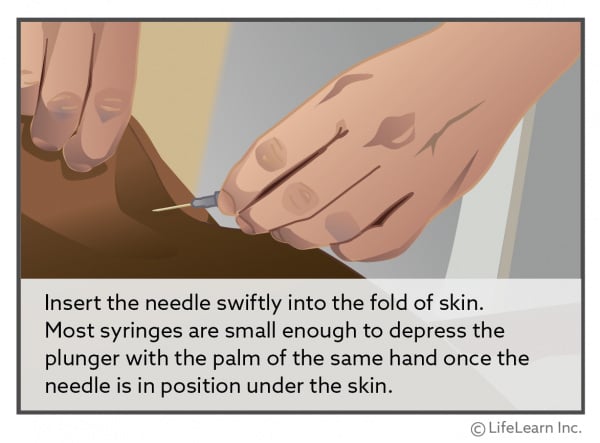
Giving Injections To Dogs Vca Animal Hospital

Dog Days Iv Art Print Ethan Harper Art Com Dog Drawing Dog Sketch Animal Drawings
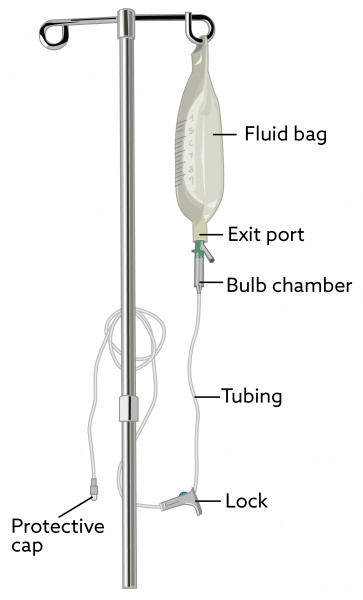
Subcutaneous Fluid Administration In Dogs Vca Animal Hospital
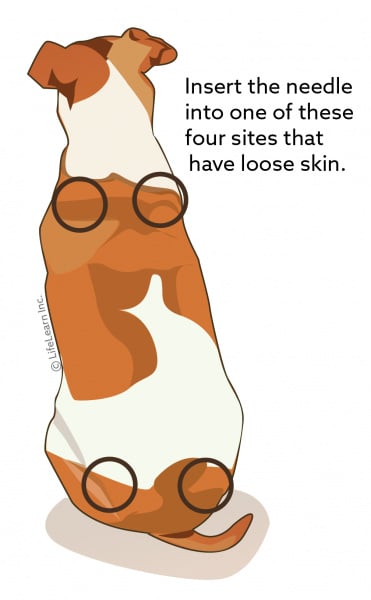
Subcutaneous Fluid Administration In Dogs Vca Animal Hospital

Anthropomorphic Oil Painting Of One Of Joan Rivers Favorite Dogs As King George Iv Animal Portraits Art Dog Expressions Dog Art

Sweet Dog Whatliftsyou By Kelsey Montague

Low Serum Sodium Levels Can Occur Due To A Variety Of Conditions Start By Ruling Out These Differentials For Hyponatremia Dog Allergies Love Pet Dogs

Dog Photoshoot Canon Eos 5d Mark Iv Ef 75 300mm F 4 5 6 Lens Dog Photoshoot Dog Photography Animal Photography
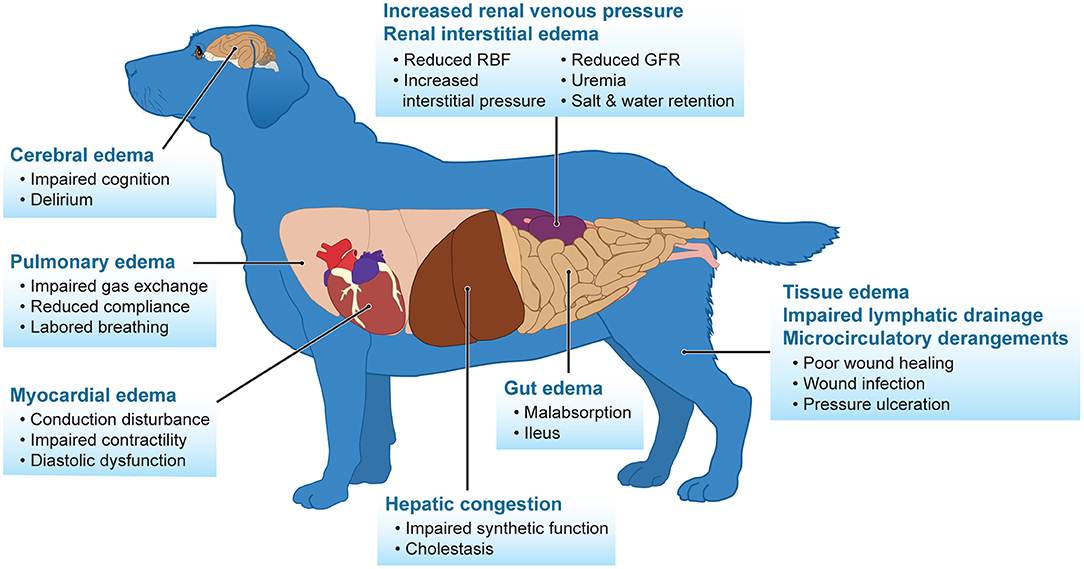
Frontiers Effects Of Iv Fluids In Dogs And Cats With Kidney Failure Veterinary Science